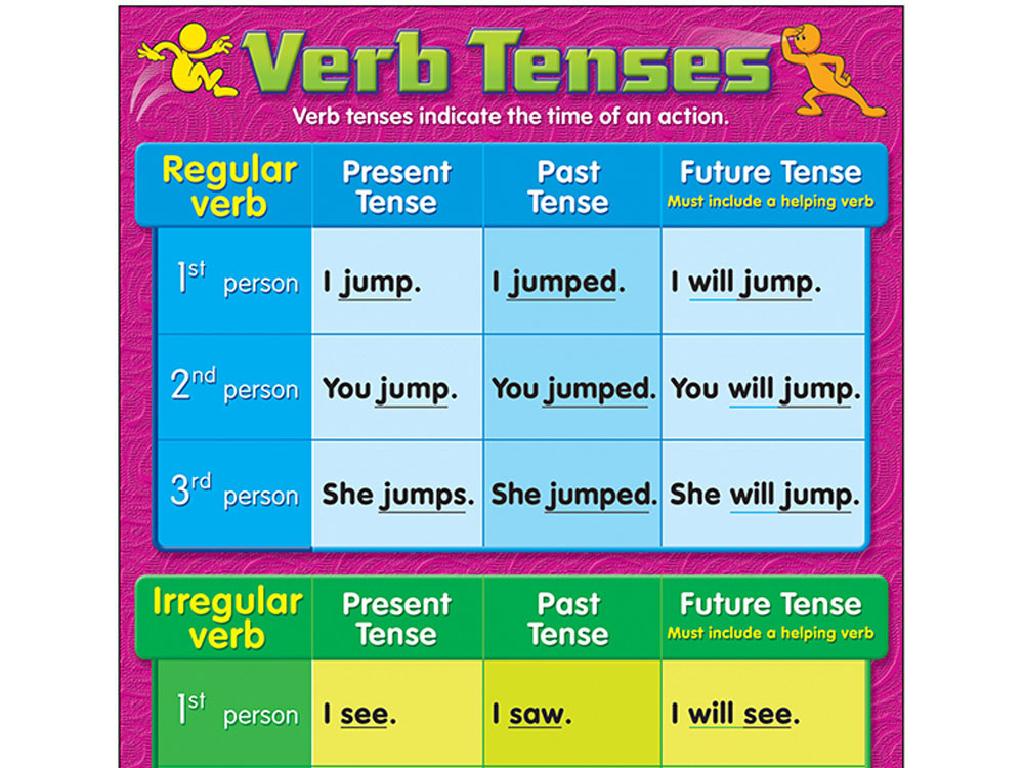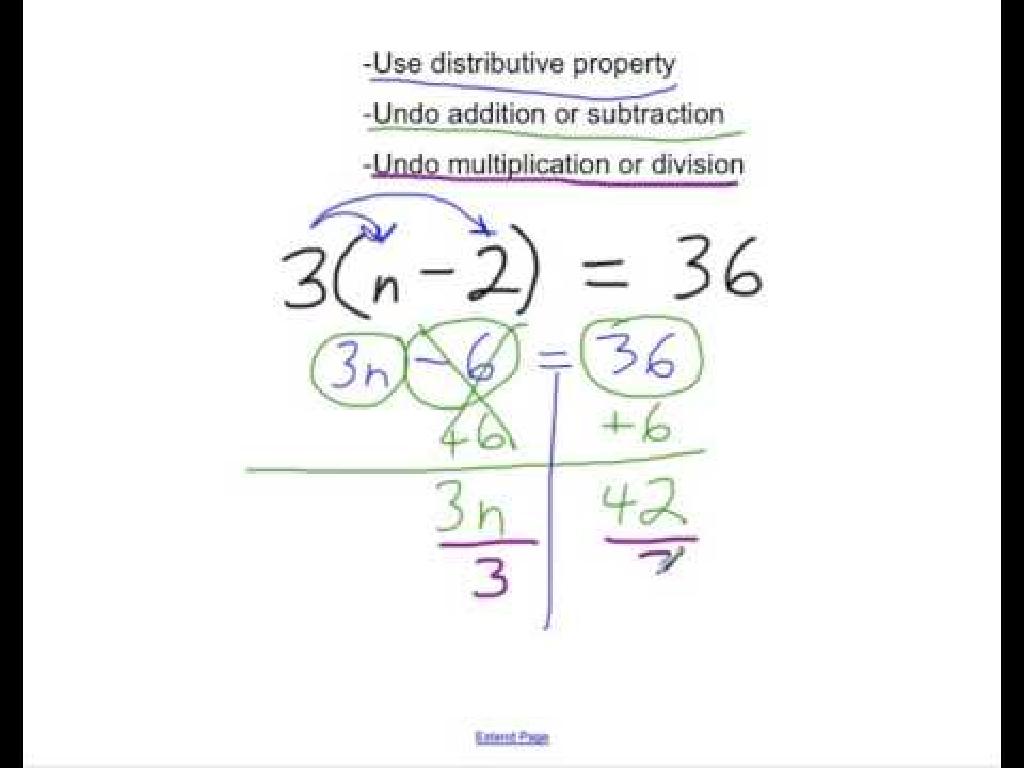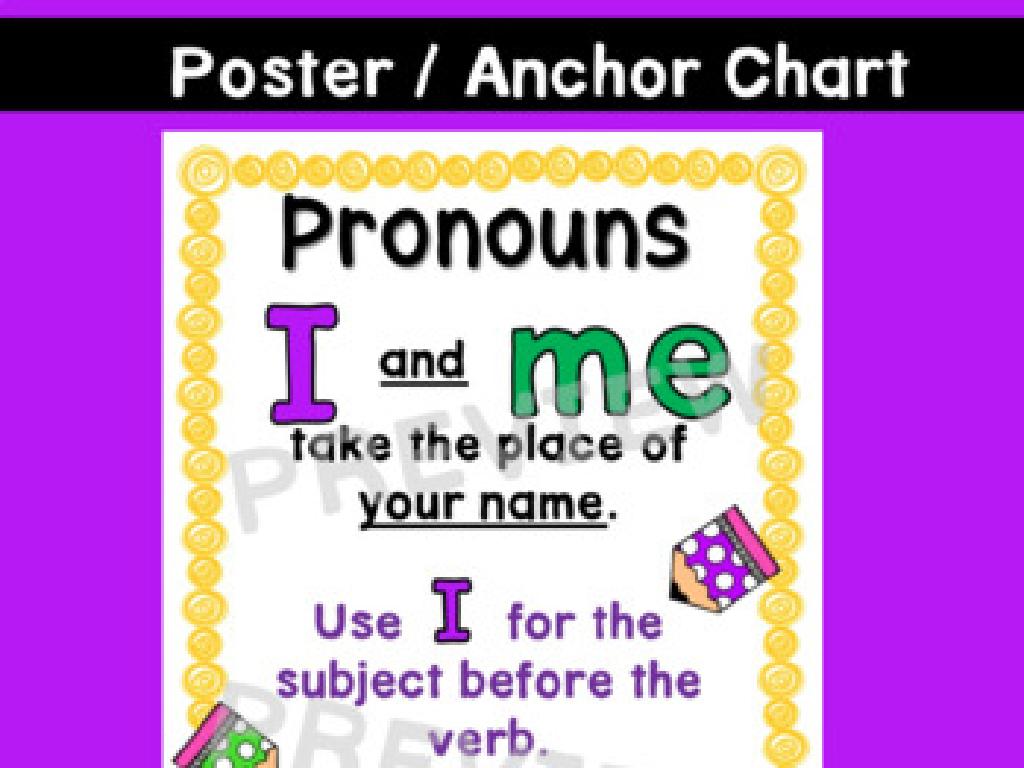Where Do Giraffes And Beavers Live?
Subject: Science
Grade: Kindergarten
Topic: Animals
Please LOG IN to download the presentation. Access is available to registered users only.
View More Content
Exploring Animal Habitats
– Learning about animal homes
– What’s your favorite animal?
– Discover giraffes’ habitat
– Giraffes live in African savannas, with tall trees to eat leaves.
– Where do beavers live?
– Beavers build lodges in rivers or ponds, using wood and mud.
|
This slide is designed to spark curiosity among kindergarten students about the natural habitats of animals. Begin by discussing the concept of habitats as ‘homes for animals’ and encourage the children to share their favorite animals, fostering a personal connection to the topic. When discussing giraffes, emphasize their unique adaptation to the savanna environment, such as their long necks for reaching high leaves. For beavers, highlight their impressive ability to construct their own homes using natural materials. Use simple language and relatable comparisons to help the students visualize these habitats. The goal is to create an engaging and interactive learning experience that encourages students to think about how different animals live in their natural environments.
Animal Homes: Exploring Habitats
– What’s a habitat?
A habitat is where animals live, like our homes.
– Needs in a habitat
Animals need food, water, and a house in their habitat.
– Different habitats
Habitats can be forests, rivers, or grasslands.
– Examples: Giraffes & Beavers
Giraffes live in grasslands, beavers live near rivers.
|
This slide introduces the concept of habitats to kindergarten students. Explain that a habitat is like an animal’s house where it has everything it needs to live, such as food and water. Emphasize that different animals need different types of homes because they have different needs. Use giraffes and beavers as examples to show how an animal’s habitat suits its way of life: giraffes live in grasslands where they can find tall trees to eat leaves from, while beavers live near rivers where they can build dams. Encourage the children to think about their own homes and what they need to live comfortably, drawing parallels to how animals live in their habitats.
Meet the Giraffe: Home of the Tallest Land Animal
– Giraffes are the tallest animals on land
– They have very long necks and legs
– Giraffes’ home is the savanna
– The savanna is a grassy plain in Africa
– They eat leaves from tall trees
– Their long necks help them reach leaves high up
|
This slide introduces kindergarteners to giraffes, emphasizing their unique height and the characteristics that enable them to live in their natural habitat. Highlight the giraffe’s long neck and legs, which are adaptations for reaching food sources like leaves from tall trees in the savanna an open grassland dotted with trees, found in Africa. Encourage the children to imagine being as tall as a giraffe and ask them what they would see from that height. This will help them connect with the animal and remember its habitat. You can also show pictures or videos of giraffes in the savanna to make the learning experience more engaging.
Giraffe’s Home: The Savanna
– Savanna: grassy plain, few trees
– Imagine a big, sunny field with tall grass!
– Savanna location: Africa
– Africa is far away across the ocean!
– Giraffes live with zebras and lions
– Zebras have stripes, lions roar loud!
– Savanna is giraffe’s natural home
|
This slide introduces the habitat of giraffes to kindergarteners by describing the savanna. Emphasize the vastness and openness of the savanna, its location in Africa, and the community of animals that share this habitat. Use simple language and relatable comparisons to help students visualize the environment. Encourage them to think about the differences between their own environment and that of the savanna. You can bring a globe or map to show where Africa is in relation to your location. Discuss the characteristics of zebras and lions briefly to make the content engaging and to help students remember the savanna by the animals that live there.
Meet the Beaver: Their Habitat
– Beavers have strong teeth
– Their teeth help them cut trees for building
– Beavers are excellent swimmers
– They can hold their breath and swim long distances
– They live by rivers
– They choose places with lots of trees and water
– Beavers build their own dams
– Dams are their homes made from sticks and mud
|
This slide introduces kindergarteners to beavers, focusing on their unique physical characteristics and habitats. Emphasize how their strong teeth are not just for eating but also for cutting down trees to build their homes, known as dams. Highlight their swimming abilities and explain that beavers need to live near water, specifically rivers, where they can find the resources to create their dams. Use simple language to describe how beavers use sticks and mud to construct their dams, creating a safe place for them to live. Encourage the children to think about how beavers are both builders and swimmers, and how their homes help them survive in the wild.
Beaver Homes: Cozy Lodges by the River
– Beavers build homes called lodges
– Like building a fort with sticks and mud
– Lodges are found near rivers
– Think of the edge of a river or stream
– Beavers use wood and mud
– They’re amazing animal builders!
– Dams create safe ponds
– Their dams make a special pond for them to live in
|
This slide introduces the concept of animal habitats, focusing on where beavers live. Beavers are skilled builders, using natural materials like wood and mud to construct their homes, known as lodges. These lodges are typically located in or near rivers and streams, providing beavers with access to their needs. The dams that beavers build are not just for their homes but also play a crucial role in creating a pond-like environment where they can live safely and have access to food. Encourage the children to think about how beavers use their environment to build a home, similar to how they might build forts or playhouses. Use simple language and relatable examples to help them understand the concept of animal habitats.
Habitats: Savanna vs. River
– Savanna and river homes
– Savanna is dry and grassy, rivers are wet
– Giraffes can’t live in rivers
– Giraffes need dry land and trees to eat
– Beavers can’t live in savannas
– Beavers need water to swim and build dams
– Animals need special homes
|
This slide aims to teach Kindergarten students about the concept of animal habitats, focusing on the savanna and river environments. The savanna is a dry, grassy plain found in Africa, which is where giraffes live. They need tall trees to feed on and open spaces. Rivers are wet habitats with lots of water, where beavers live. They need water to swim and trees nearby to build their dams. Giraffes cannot live in rivers because they are not designed to swim and there aren’t enough trees for them to eat. Beavers cannot live in the savanna because it is too dry for them to build their dams and there isn’t enough water for them to swim. It’s important for students to understand that animals are adapted to live in specific environments that meet their needs for food, water, and shelter.
Class Activity: Create Your Habitat!
– Choose an animal for your habitat
– Use craft materials to build a home
– Use paper, glue, and colors to make trees, rivers, or burrows
– Consider your animal’s needs
– Does it need water, food, or shelter? Make sure to include these
– Make a happy and healthy space
|
This activity is designed to help students apply their knowledge of animal habitats in a fun and creative way. Provide a variety of craft materials such as construction paper, cotton balls, pipe cleaners, and glue. Encourage the children to think about the specific needs of their chosen animal, such as a giraffe needing tall trees to eat from or a beaver needing a water source to build a dam. Guide them to create a habitat that includes all the elements their animal would need to survive. This hands-on activity not only reinforces the lesson but also allows for individual expression. Possible variations of the activity could include creating a diorama, drawing a picture, or even acting out the animal in its habitat.






